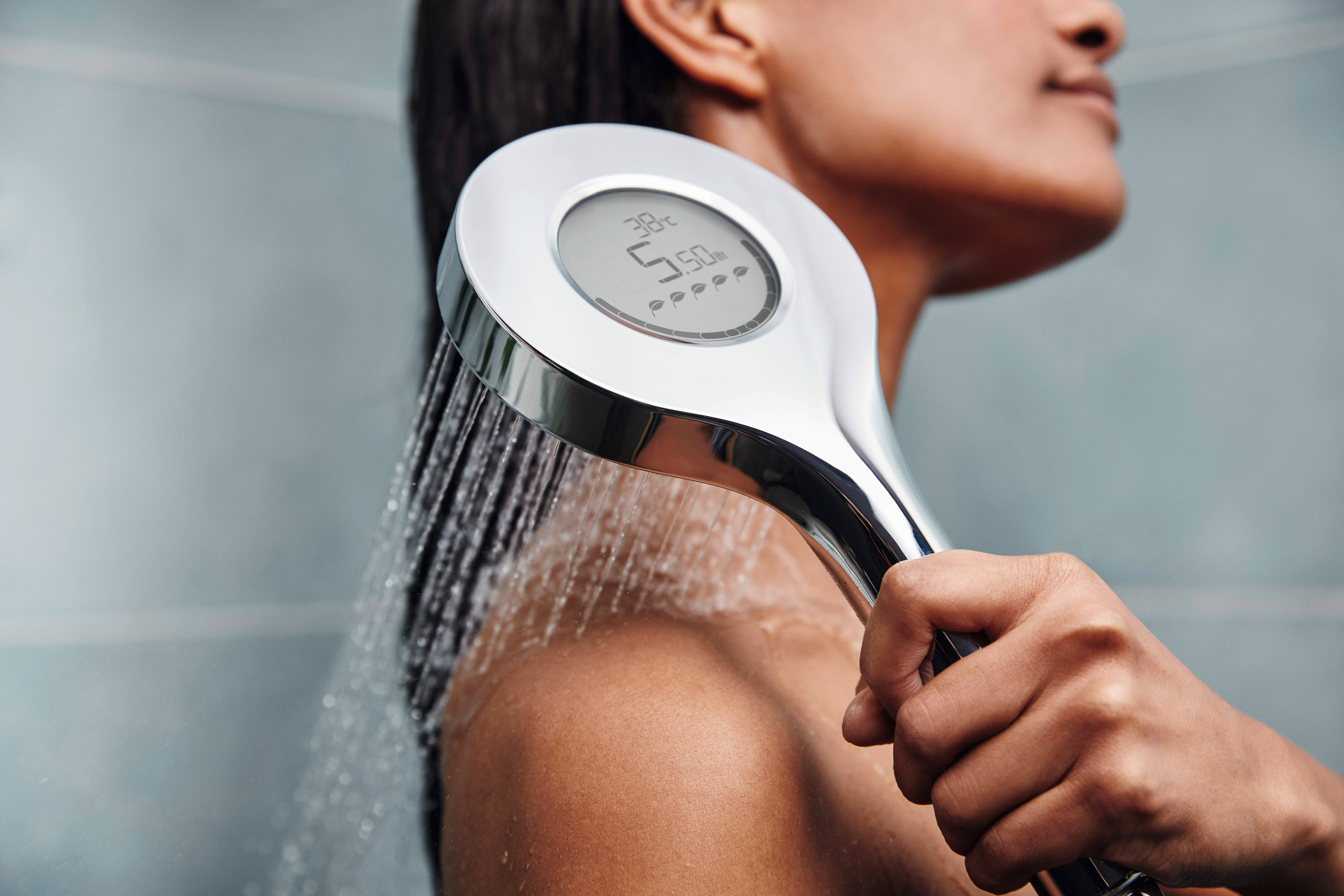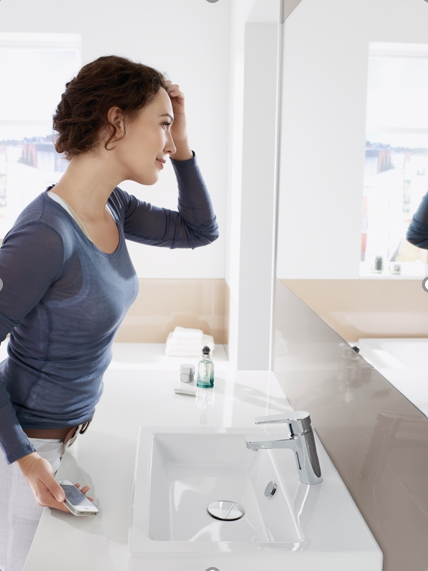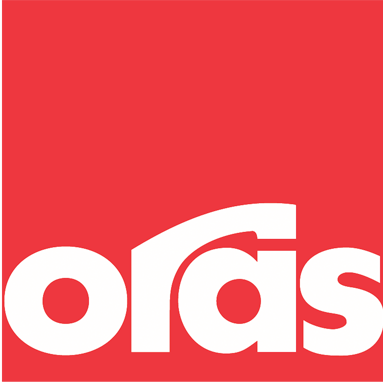From hybrid homes that intelligently merge our work and living spaces to bathrooms designed for relaxing, dwelling and collecting important health data. How has the way we use bathrooms and kitchens changed and what can project planners expect in the future?
IoT is one of the major technology trends of our time. Our homes are becoming more digital, spanning from voice-controlled assistants to intelligent water sensors and installations that can be monitored and controlled via connected Apps on our smartphones.
As installations are becoming smarter and more connected, they are also becoming more embedded in our surrounding interior, designed to blend seamlessly with traditional objects of our homes.
Inevitably, this will also have an impact on how we interact within our own four walls – even in spaces as personal as our home bathrooms.
So, what can we expect from smart living features in the future? And what functions do we expect our kitchen and bathroom installations to serve?
We looked at the latest technology trends and what they mean for the future of faucets.

The bathroom becomes a place for personalized health management
We’ve experienced a growing demand for smart technology, aimed at helping us manage our physical health. This includes monitoring and measuring features that collect and analyse data on our personal fitness, such as smartwatches, but may also affect how we design our future bathrooms.
Smart features that are installed throughout the bathroom are expected to collect data on various parameters, such as hygiene as well as physical fitness, which can be fed back to the homeowners. Important health data could, for example, be monitored daily and visualised by projecting it on installed glass and ceramic surfaces, such as our bathroom mirrors.

This is not as futuristic as many may think. A major share of today’s installations already integrates intelligent features to track water consumption and faucet use, allowing consumers to hold water consumption low while monitoring handwashing routines to improve hand hygiene and reduce infection risk.
Additionally, digital hand showers can help users track and adjust their water consumption by following their shower routine with an integrated digital shower app.

The kitchen becomes a hybrid space
In the past years, many of us have transformed our homes into hybrid office and living spaces, merging kitchen, living room and workstations into one open, multi-multifunctional area.
This not only calls for a design but also a functional evolution of our installations. For the kitchen setup that could, for example, mean installing faucets with low noise water flow.
Sound measurements are typically performed by using the ISO 3822 standard and help classify faucets according to their sound level. By selecting Class I faucets with flow rates below 20 dB, project planners can ensure an undisturbed atmosphere for those who use their kitchen as an office space during the day.
With more technology entering our homes, we also expect surfaces to be clean and safe to protect surrounding work equipment and appliances from potential water spills and other damages.
/Denmark/Facebook/Optima%20kitchen/2728F_705657504_1.jpg?width=5000&name=2728F_705657504_1.jpg)
Hybrid faucets with flexible spouts can help project planners ensure safe, comfortable and intelligently designed hybrid living spaces. By combining both manual and automatic features, users can clean surrounding areas more easily and keep their hands and equipment free by making use of touchless features.
Up until today, we’ve seen immense progress in the way we use and interact with our home installations. With more and more digital tools on the rise, we expect our homes to fulfil even more purposes in the years to come. Whether its health-related smart features or household appliances that connect with multiple personal items, such as our phones or watches, the future of residential project planning will not get around connected and individualized home setups.








/Denmark/Facebook/Optima%20kitchen/2728F_705657504_1.jpg?width=5000&name=2728F_705657504_1.jpg)
